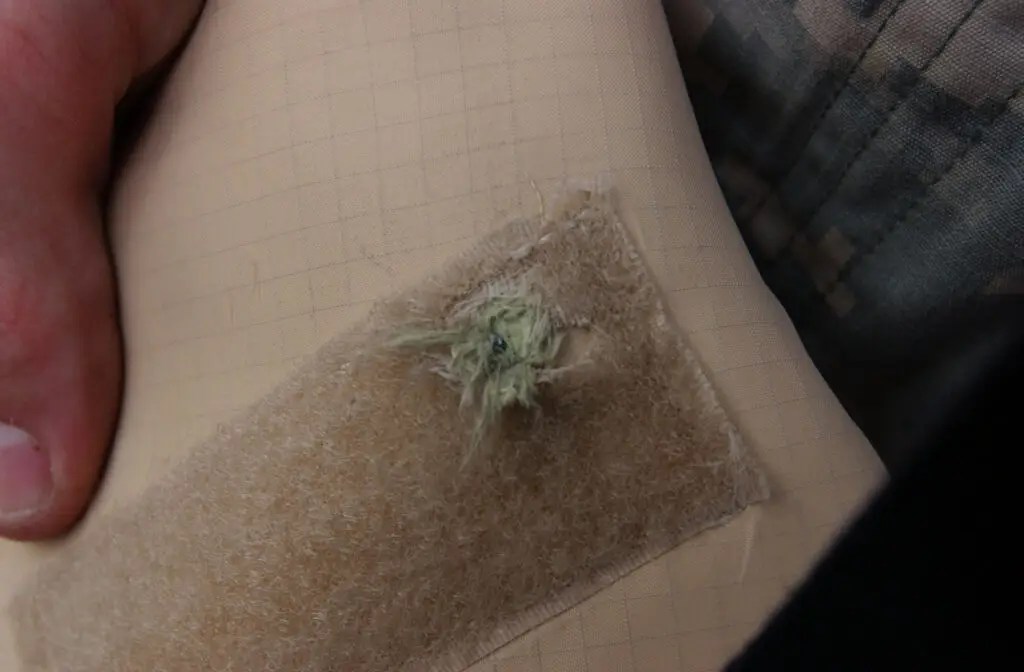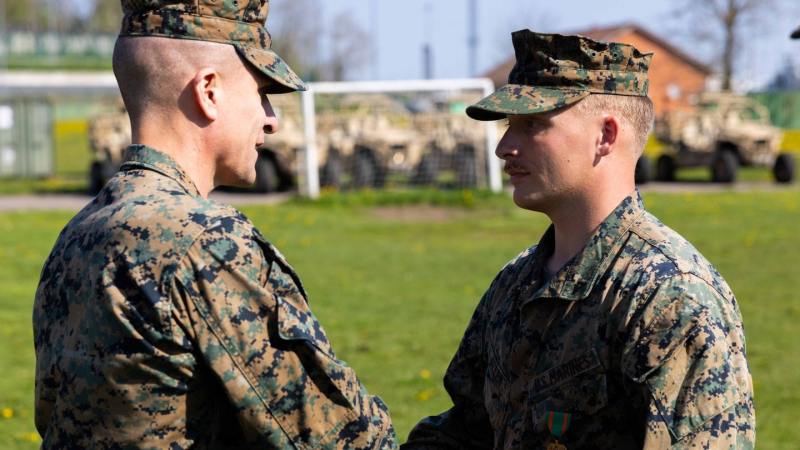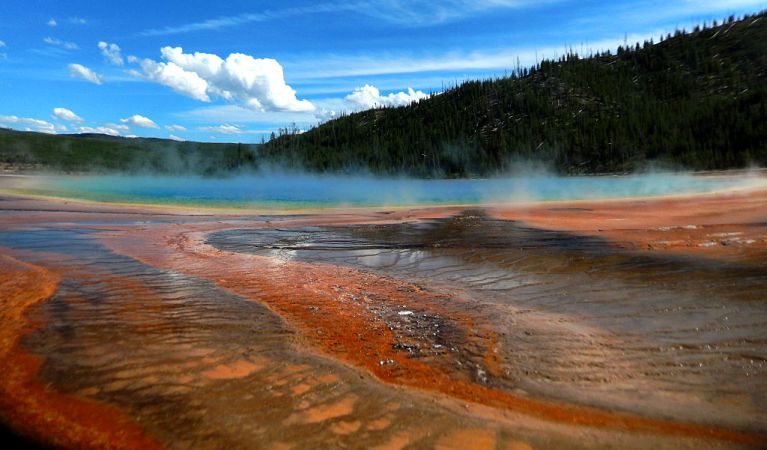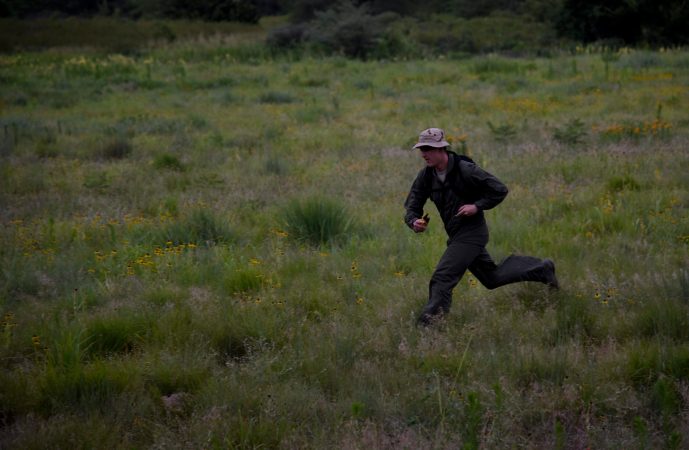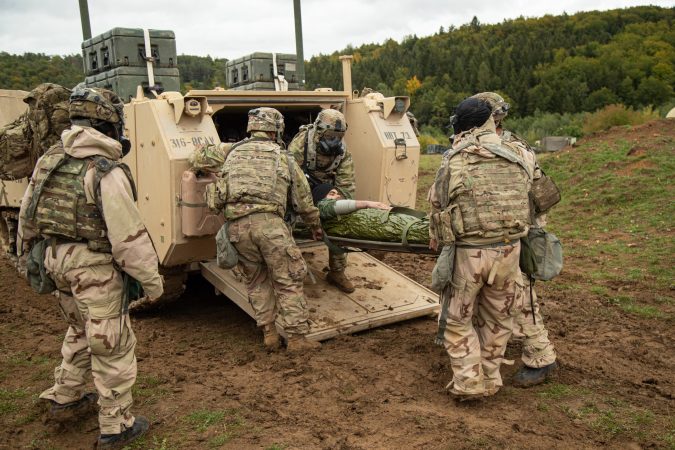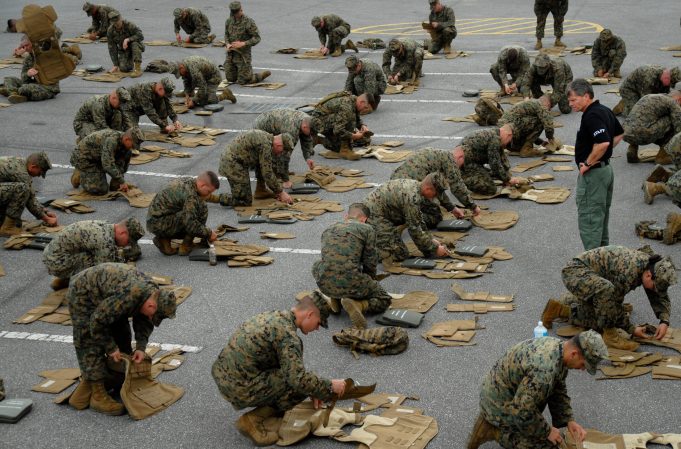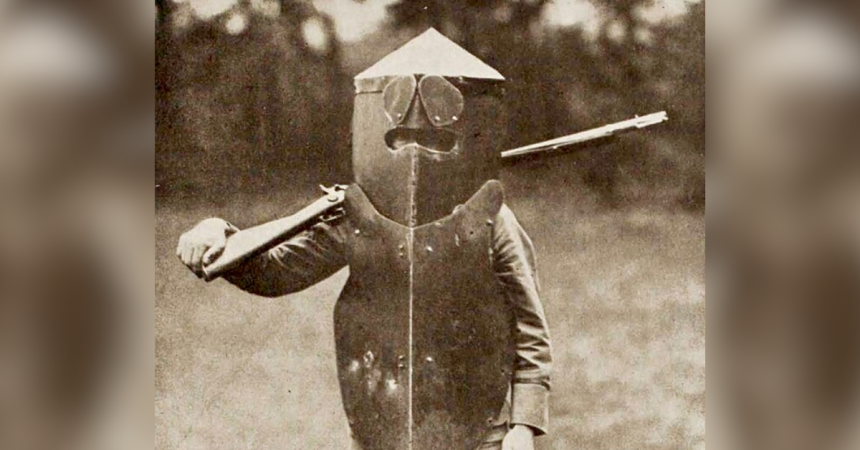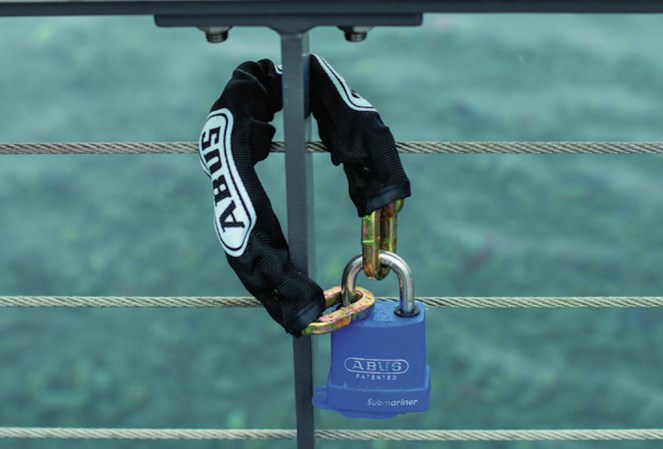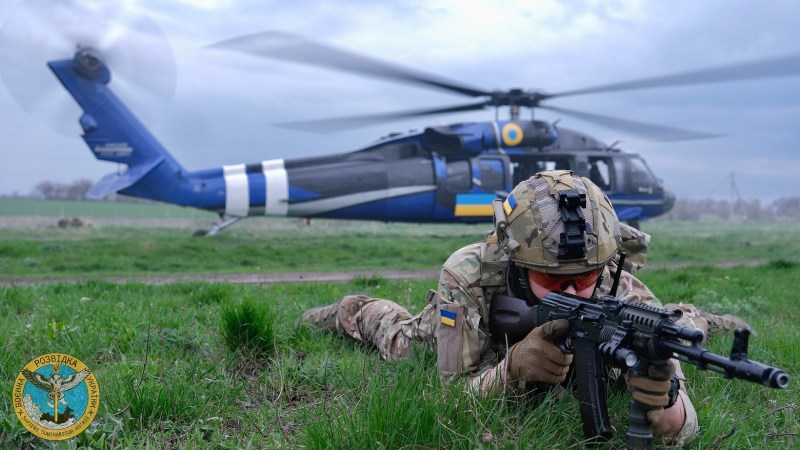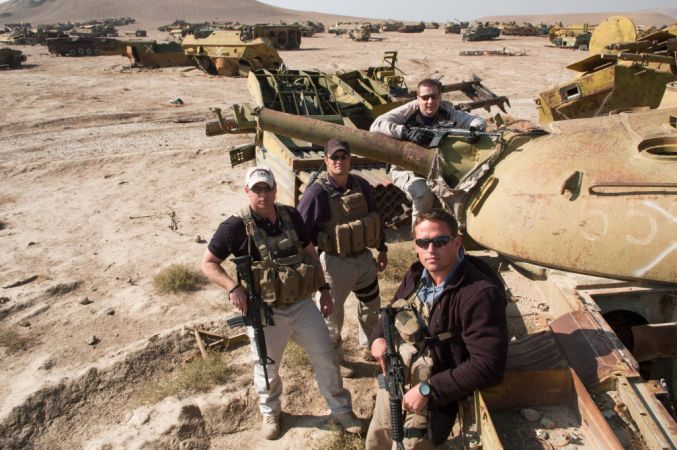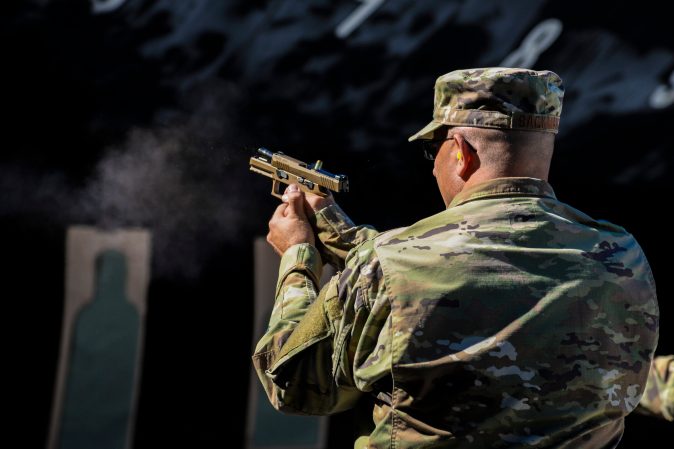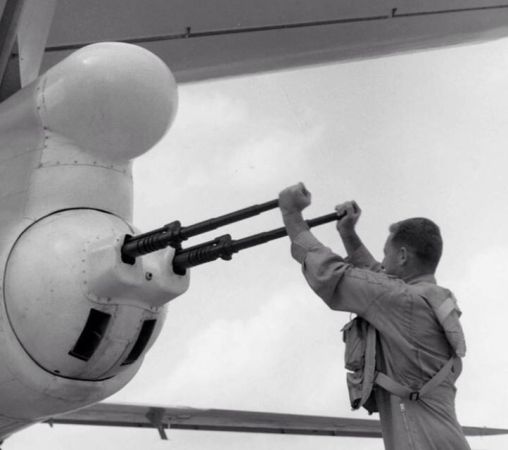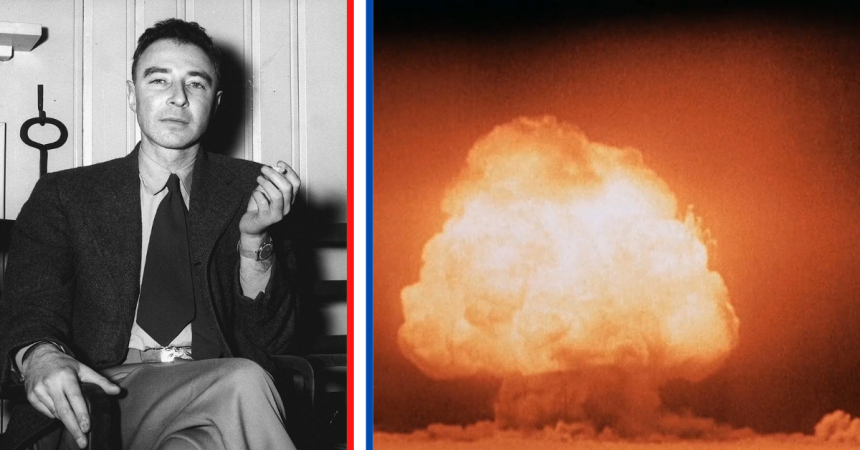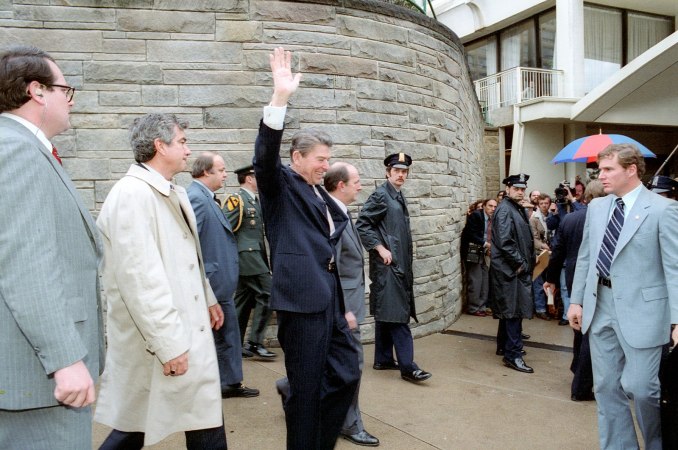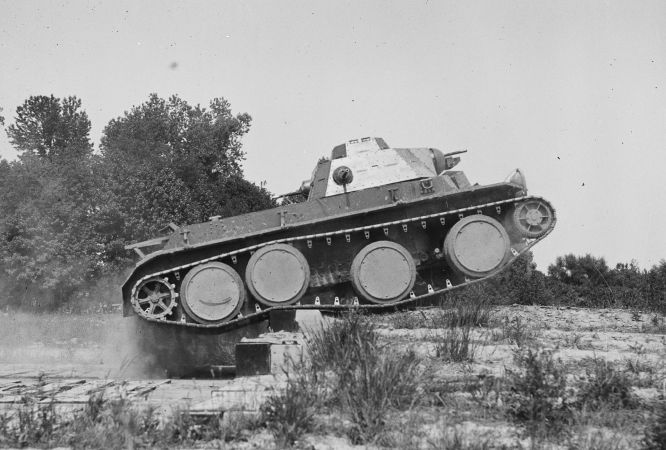The day before the 1969 Apollo 11 mission that would see man land on the moon for the first time, Richard Davis’ Detroit pizzeria was doing its usual business. Three men called in an order for two large pepperoni and ham pizzas. This order stood out to Davis, because it was the exact same order three men used to rob his fiancee the week prior.
When Davis arrived at the address with the pies in hand, he was also carrying a .22-caliber revolver. Davis was prepared for anything. The men told him to bring the pizzas around to the back of the house. There, he was confronted by three men in a V formation, the man in the center pointing a gun, about to squeeze the trigger.
Davis was the son of a Marine Corps veteran of World War II who was not only concerned about his pizza deliveries, he was concerned about the growing number of law enforcement officers being killed by cheap handguns. These were primarily ]poorly made, poor quality, low caliber pistols known as “Saturday Night Specials.”
On that night in 1969, he found himself looking down the barrel of a Saturday Night Special, and its user was pulling the trigger. But before the thief could get a shot off, Davis fired a round from his own gun, hidden under the pizza boxes. A shootout in the alley began, and the pizza man emerged as the winner, hitting four shots of six.
He was hit in the back of his leg and one round glanced off his glasses, wounding him above the temple. The assailants were injured, but Davis had to retreat, dashing back to his car and heading to the hospital. As he recovered, he became obsessed with learning how police officers could wear something light and flexible that would also stop bullets and give them a fighting chance.
He had to do something. His pizza shop burned down, he was still recovering from his wounds and he only had $70 to rebuild his entire life. He would.
The first thing he thought of were flak vests used by the U.S. military in Vietnam. They were made of high-velocity nylon, layered to protect the wearer from fragmentation from grenades, artillery shells and even shotgun pellets, among other things. These vests required 12 layers of ballistic nylon produced by the DuPont company. Later versions used by Marines in Vietnam also included fiberglass plates.

While these flak vests were able to stop some small-caliber bullets and other projectiles, they weren’t rated to stop larger caliber rounds or more high-velocity ones. Davis began experimenting with layers of ballistic nylon and other fabrics until he was able to stop a .357 magnum round.
He’d just made a lightweight bulletproof vest for law enforcement, consisting of layered ballistic nylon with straps around the shoulders and back – but he couldn’t convince anyone that his design worked. Even when he demonstrated with clay targets, the bullets didn’t penetrate the armor, but they shattered the clay. Not a good look. So he did what any inventor who believed in his product would do: tested it on himself.
In 1972, Davis went to the Walled Lake, Michigan Police Department shooting range, got on his knees, and shot himself in the chest with a .38-caliber pistol. To show that he could still fight an assailant, he got up and shot three bowling pins on the range. It was the first demonstration for the Second Chance body armor company.
Between 1972 and 2000, Davis shot himself more than 190 times. He would later be the first company to use Kevlar in body armor. Second Chance nearly collapsed in bankruptcy in 2005 over its Zylon-based vests, which were sold but proven ineffective. The next year, his company was acquired for $45 million.

